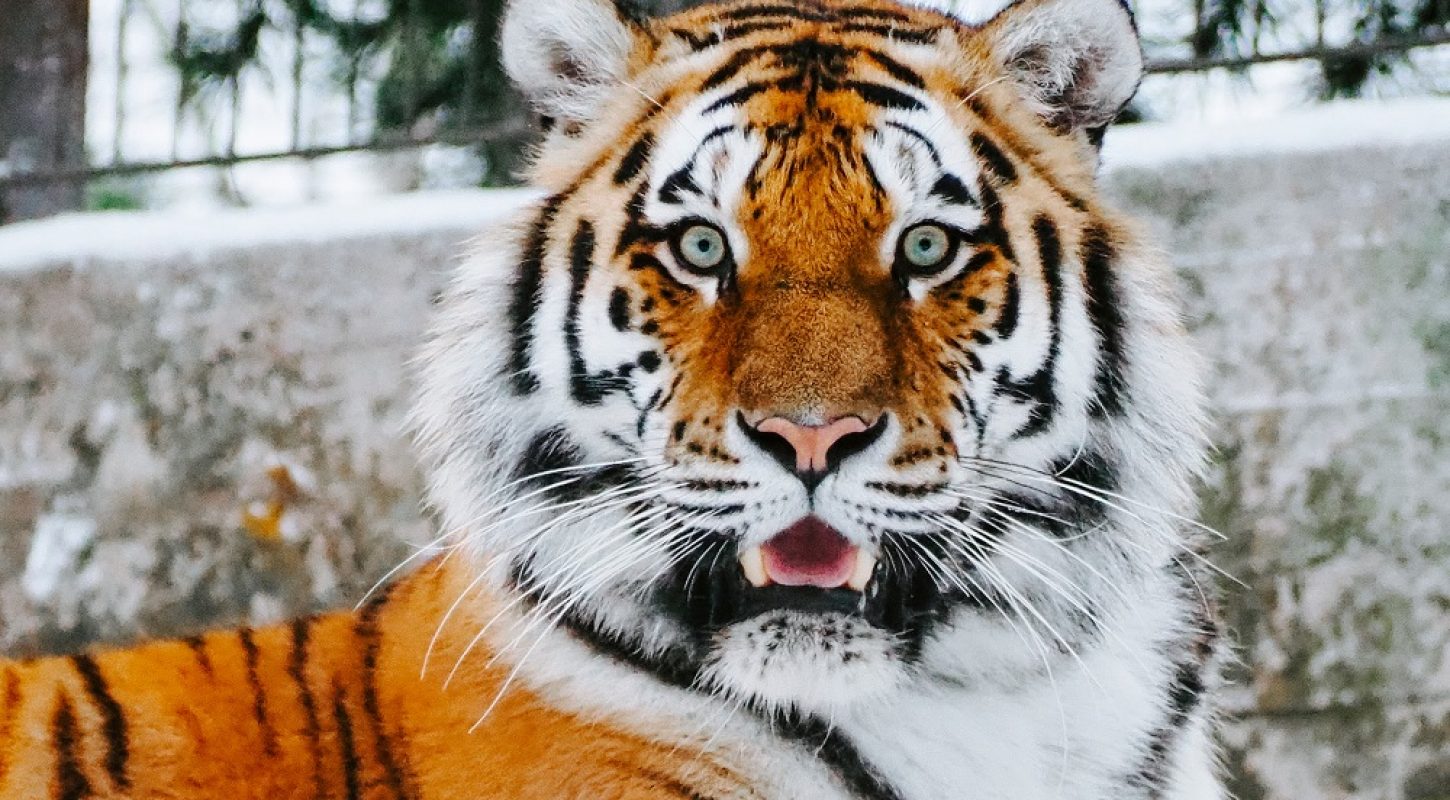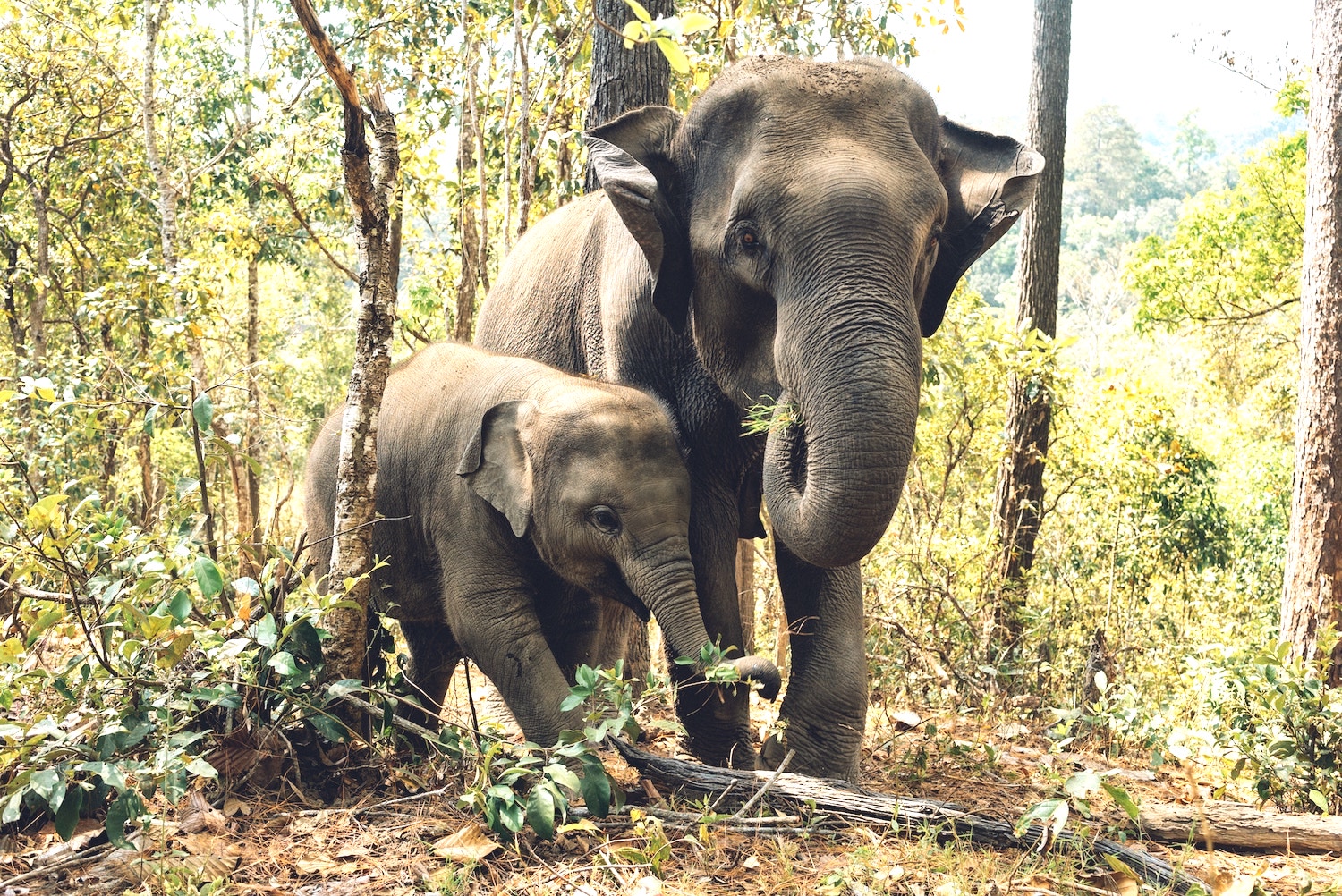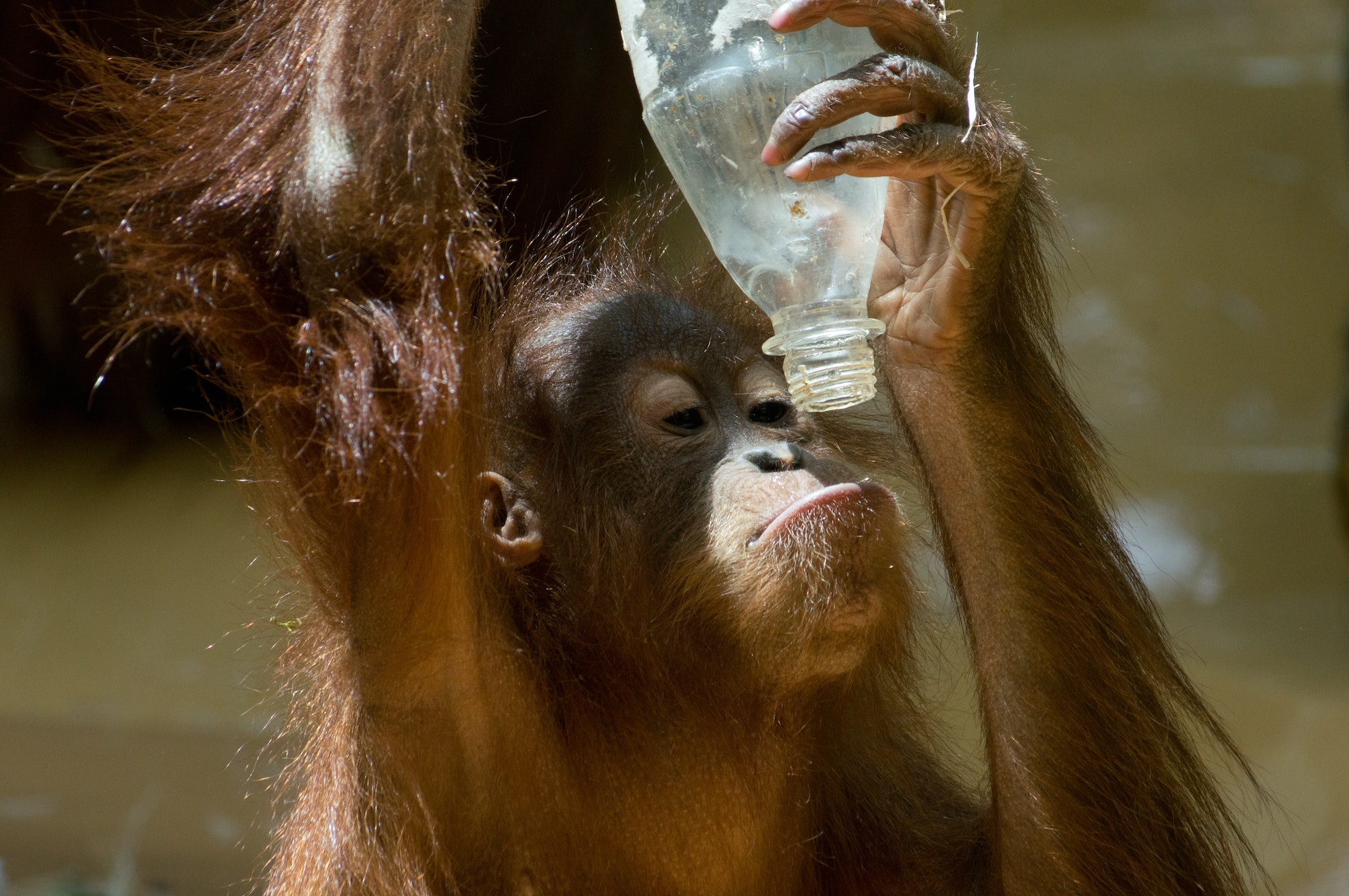No one should breed tigers for the public to pet and play with, no one should keep tigers as pets, and tigers don’t belong in substandard roadside zoos. Those should have been the takeaway messages from the Netflix series “Tiger King.” Instead the show focused on a few of the bizarre characters who exploit these magnificent animals while completely failing to reveal the terrible truth of the suffering endured by the majority of captive tigers.
Across the country, roadside and traveling zoos charge often-exorbitant fees to people who are eager to pet, feed, pose with and play with baby wild animals—very often tiger cubs. The cruelty begins when the babies are literally torn away from their mothers at birth, which is standard operating procedure for cubs who will be used for public handling.
Then, at three or four months of age, when they are too big to be easily handled – and can no longer make money for their owners – the cubs are discarded. Some end up warehoused and isolated at these poorly run roadside zoos, some are shipped off to other roadside zoos or to pseudo-sanctuaries or private menageries, and some are passed off into the pet trade where they wind up in backyards or garages. Others are simply killed. Tiger cubs must be continually produced to replace the ones who “age out” of cub petting.
We conducted undercover investigations at three roadside zoos that bred tigers and used the cubs for public handling. At each one, making money by offering tiger cubs for human interactions always came before the welfare of the animals and the safety of the public – often families with young children.
The cubs’ lives revolved around public handling schedules. Instead of nursing and bonding with their moms, playing with littermates and sleeping, the babies had their sleep constantly interrupted and were fed irregularly with food that lacked proper nutrition.
One of the facilities even intentionally kept cubs hungry until photo sessions began – and then gave them formula from a bottle with a slow-flow nipple. This was an attempt to make the cubs easier to handle when they were with the public. It did not matter if the cubs were exhausted or had an illness that could be transferred to human beings; they were passed around, often screaming in distress, to a parade of paying customers, all day long.
As they got older, they scratched and bit as they struggled to get away from being handled, and were physically disciplined by being punched, dragged and choked. Once they were too large for photo ops, the cubs were relegated to small cages.
Our investigation revealed that a tiger cub named Maximus was denied sufficient nutrition, which alarmed the facility’s veterinarian who expressed grave concerns about the cub’s bone development and even patrons commented on his skeletal appearance. An exhausted 3-week-old tiger named Sarabi was handled by 27 people the same day she arrived at a roadside zoo after her 19-hour car ride to the facility and despite the fact she had infectious ringworm. Tiger cubs named Daxx and Deja were infested with parasites and suffering from diarrhea. Our investigator never observed them being seen by a veterinarian.
Sadly, Daxx and Deja were shuffled off to another roadside zoo and Sarabi and Maximus died before they were two years old. Sarabi was found dead in her cage after suffering for weeks.
Of course, this is all behind-the-scenes, and not what enthusiastic paying customers ever see. But we saw it firsthand and it was devastating.
It is so important for the public to be aware that these exhibitors try to legitimize their operations by claiming that these activities promote awareness and conservation of endangered species. In fact, studies confirm that seeing humans interact with endangered animals has a negative impact on public attitudes towards conservation because it leads people to falsely believe that these animals are not threatened or endangered in the wild.
In addition, no big cat born in captivity and handled by people can ever be released in the wild because they are denied the chance to learn necessary survival skills. They are also exposed to diseases in captivity that, if the animals were released, could threaten wild populations.
We have much more work to do to educate the public about this issue. If more people come to understand that the fleeting moment of a tiger cub selfie for a social media post means a lifetime of misery for the cub – and an endless cycle of cruelty – the appeal of such an experience will be much less attractive — and much easier to resist.
How You Can Help
1. Please don’t patronize facilities that allow the public to pet, play with or otherwise interact with tiger cubs – or any other wild animals. That is the very best way to stop the breeding, the trafficking and the cruelty.
2. Contact your members of Congress to encourage their support for the Big Cat Public Safety Act, to prohibit public contact with big cats and ban the private possession of big cats such as tigers and lions as pets.
3. Embrace opportunities to see and celebrate wild animals in their natural environments as part of outdoor pursuits such as hiking, birdwatching, whale watching, cycling, canoeing, kayaking and the like, or visit and volunteer at a wildlife rehabilitation center, an accredited sanctuary or animal shelter.
Kitty Block is the president and CEO of the Humane Society of the United States
Photo by Max van den Oetelaar on Unsplash




